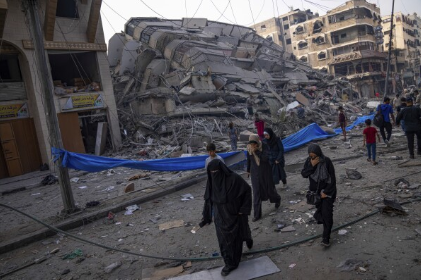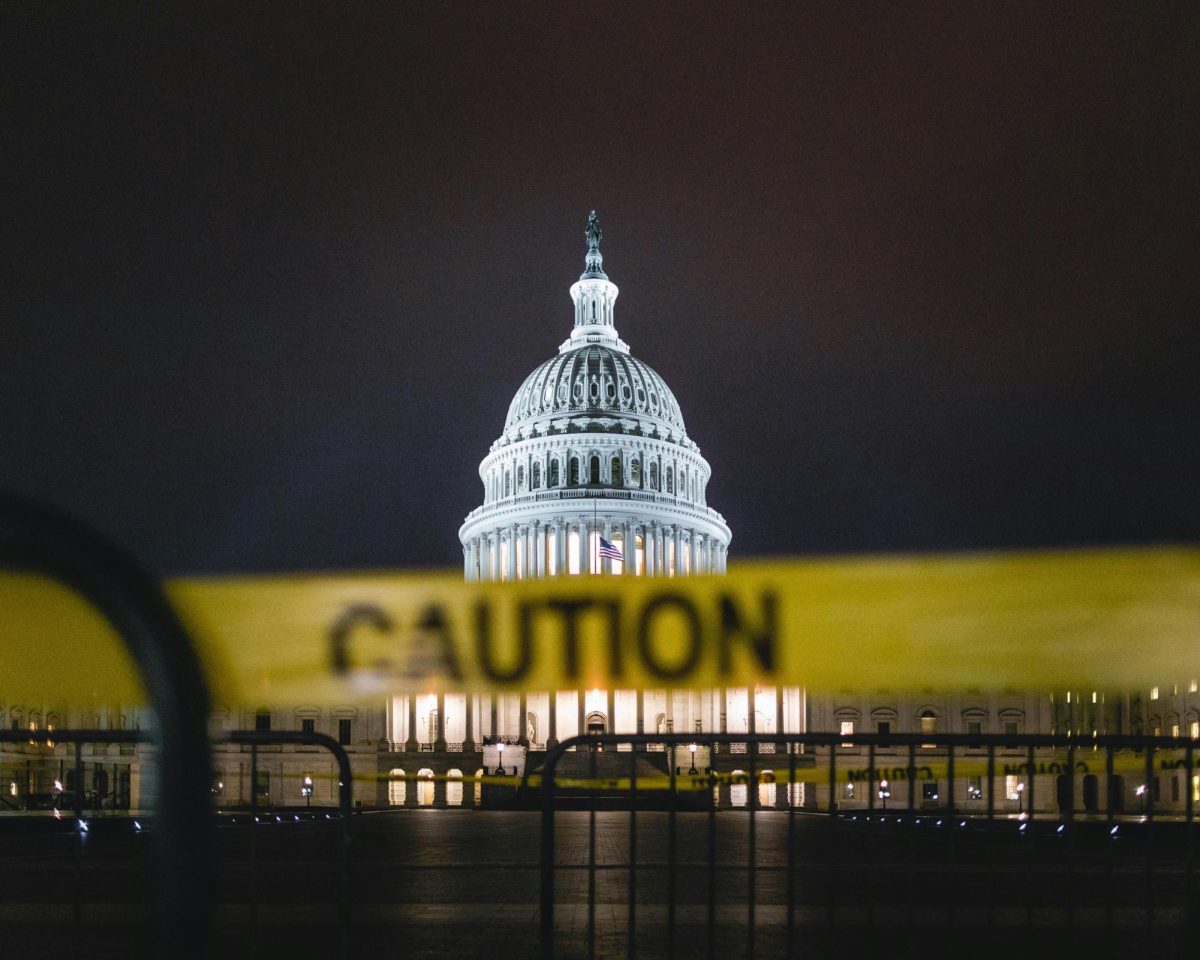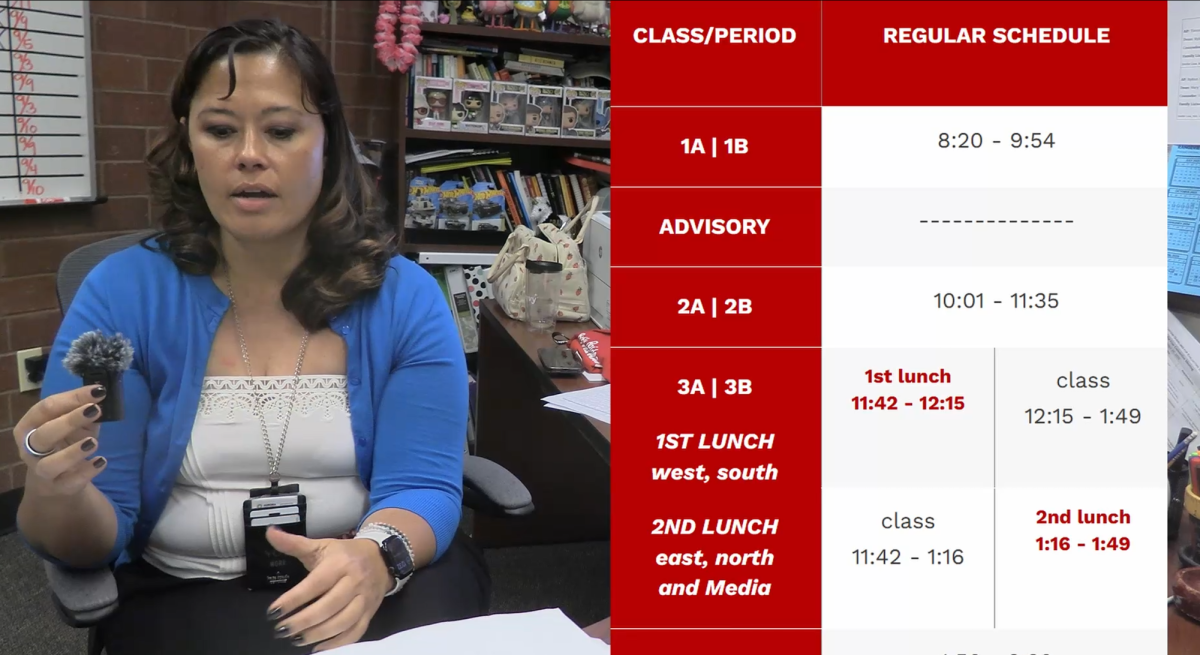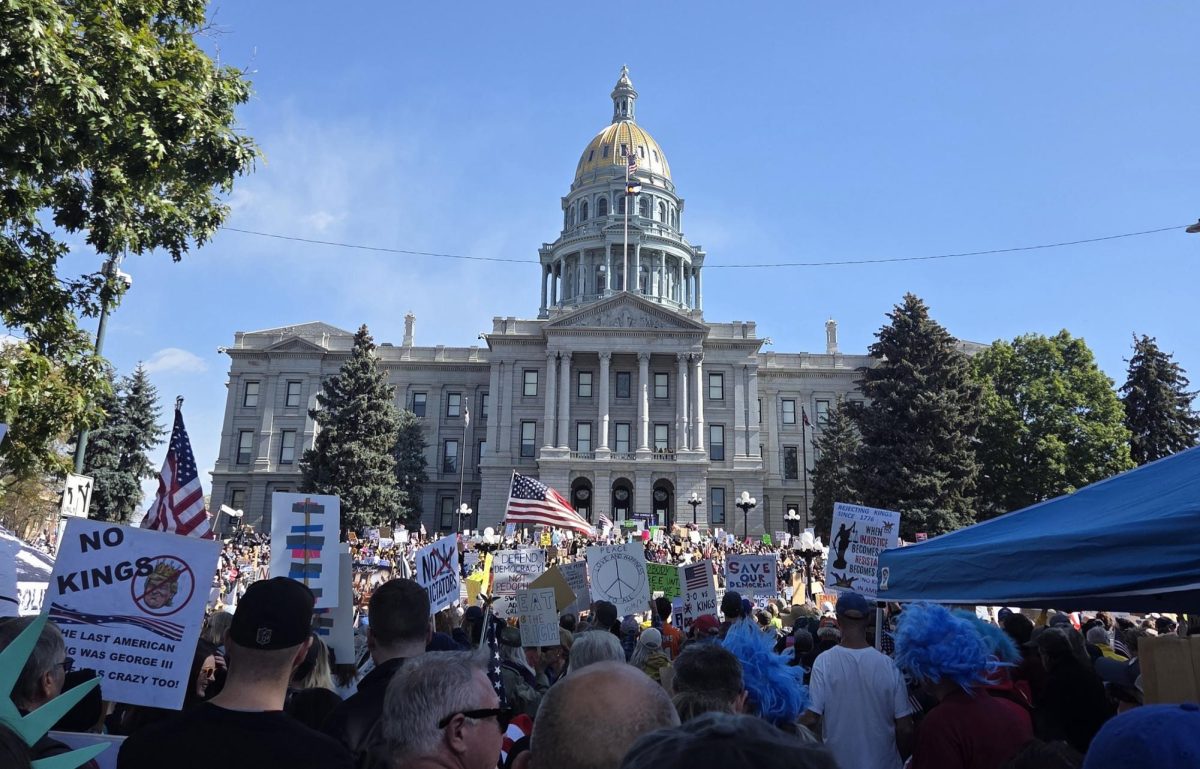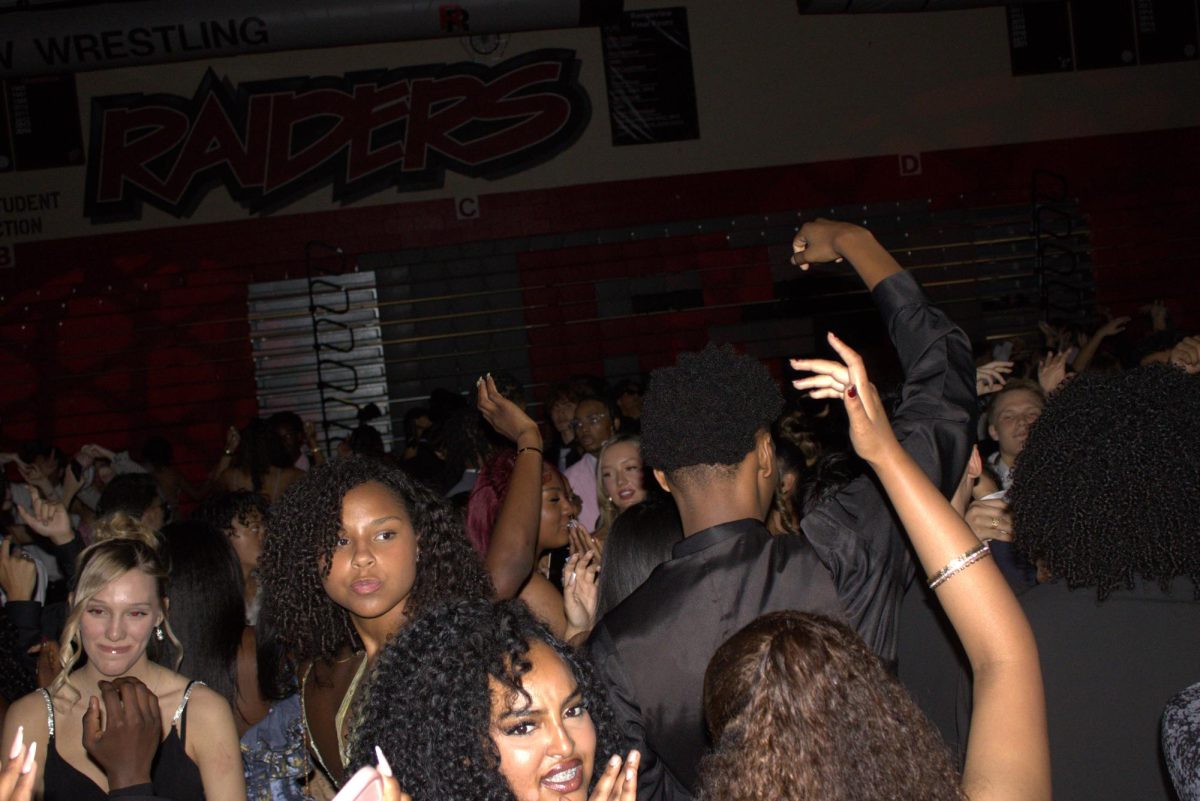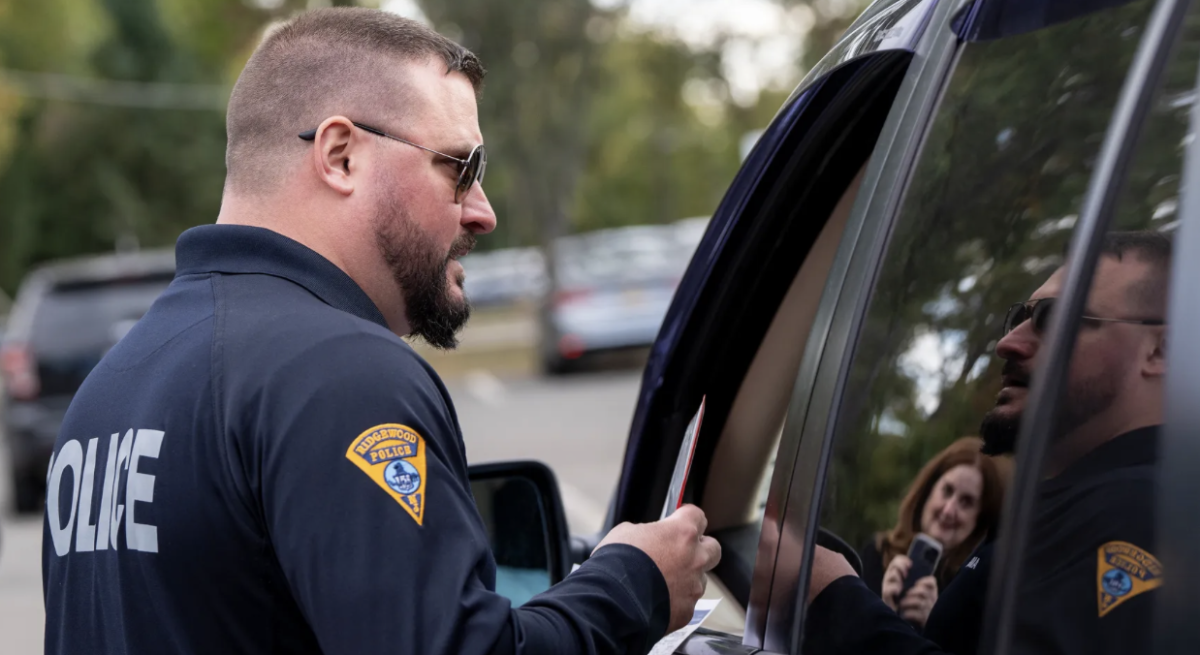More than 10,000 Palestinians have been killed in the military campaign carried out by Israel according to the Ministry of Health in Ramallah. Yet, many Americans have not been extensively informed about the severity of these casualties and innocent Palestinian civilians are being generalized as “terrorists”.
Many of the stereotypes and prejudices surrounding the nation of Palestine are extremely unfair, especially considering that 40% of Palestine’s population is under 14 years old. United Nations experts have said that war may result in a genocide of the Palestinian people. Yet, the media has continually failed to accurately depict this reality of the Palestinian people as Israel has restricted journalists from entering Gaza. News outlets are missing a huge aspect of the story, and the suffering of Palestinian people is not being shared with the rest of the world.
The article “How media coverage whitewashes Israeli state violence against Palestinians” by The Washington Post emphasizes how, “Headlines in outlets such as the Associated Press, the New York Times, the Guardian… use language that fails to recognize the power imbalance between the Israeli military apparatus and the native Palestinian people.” This is nothing new, and the bias Western media has held in the coverage of the conflict over the years is indisputable, meanwhile, Gaza is becoming a graveyard for their children.
Nearly half of all casualties in Gaza are children according to UN (United Nations) officials. Yet, many major news outlets continue to label the nation of Palestine as the aggressor, despite their disproportionate population demographics. Civilians are not going to war with Israel, which is a huge misunderstanding in the media. It is also critical to understand that the majority of Palestinian citizens do not agree with the violent acts Hamas has committed, but they cannot do anything about it because they hold minimal power in their government.
One of the most significant issues regarding the media coverage has been the unbalanced reporting of casualties amongst each country’s population. During the 11-day conflict in May 2021 where Israel and Gaza exchanged airstrikes and rocket attacks, the media coverage highlighted Israeli casualties extensively.
However, according to the United Nations, Palestinian casualties were significantly higher. The UN reported that 256 Palestinians, including 66 children were killed, compared to the 12 Israelis. This is not always reflected accurately in Western media. None of these deaths are justified, nor should they be covered more than the other, yet the Palestinian deaths don’t receive the same extensive media coverage despite the fact their death count is more substantial.
Many observers and even Rangeview students have pointed out that the Western media often provides a disproportionate coverage of certain aspects of the conflict. For instance, Israeli casualties and security concerns tend to receive more attention than those of Palestinians. This unequal focus can lead to a distorted understanding of the conflict’s human toll and the asymmetry in power between the two parties.
Rangeview high school Junior Abdullah Al-Jarah said, “They have generalized Palestine which has forced people to care less about the issues innocent people are going through.”
A study conducted by Fairness and Accuracy in Reporting (FAIR) found that major U.S. news outlets quoted Israeli sources at a significantly higher rate than Palestinian sources. They discovered that the New York Times quotes Israeli officials five times more than Palestinian officials.
Additionally, the Holocaust and historical ties between Western nations and Israel can also shape media coverage. While acknowledging this history is essential, it can lead to a certain level of sympathy and understanding that is not extended to the Palestinian side.
Ultimately, a balanced and humanistic portrayal of the Israel-Palestine conflict is essential for fostering empathy and dialogue. In-depth journalism can provide the space for a humanistic approach that allows the reader to delve into the complexities and nuances of the conflict, allowing for a deeper understanding of the human side of the story.
By focusing on the human dimension of the conflict, media outlets can help reduce bias instead of continuing to polarize the Western world. This includes not only covering the immediate impact of violence, but also the long-term consequences on families, communities, and children who grow up surrounded by violence. It is imperative that Palestinian victims be given a platform to be heard, understood, and validated. The Palestinian experience in the conflict can be described as untold suffering, loss, and resilience.
